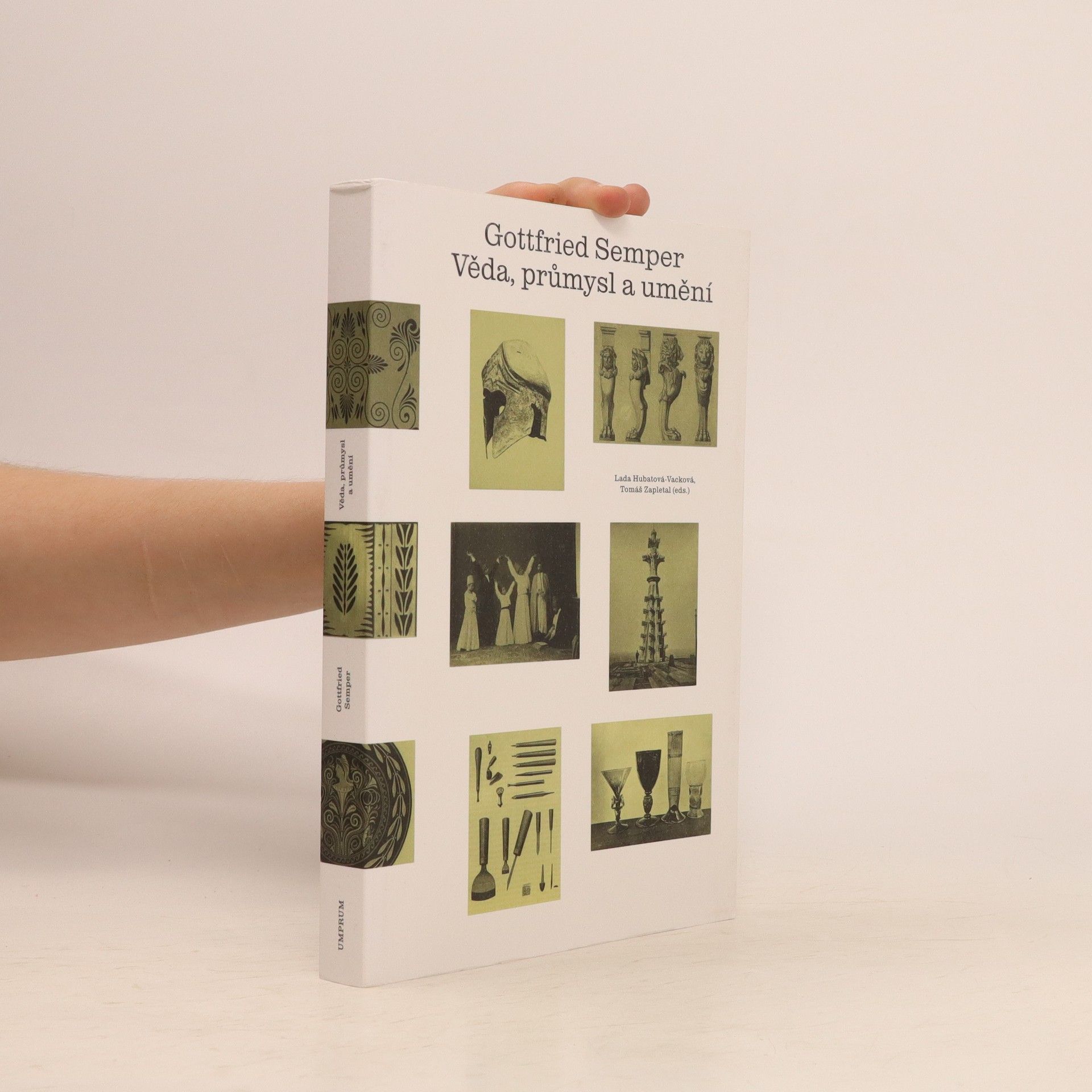Gottfried Semper - Věda, průmysl a umění
- 240 stránok
- 9 hodin čítania
Komentovaný překlad německého spisu Gottfrieda Sempera Wissenschaft, Industrie und Kunst z roku 1852 k českému vydání připravili a obrazovou přílohou doprovodili Lada Hubatová-Vacková a Tomáš Zapletal. Text Věda, průmysl a umění vznikl v přímé návaznosti na londýnskou Světovou výstavu a je referenčním spisem jak pro všechna další vlivná díla architekta a teoretika historismu Gottfrieda Sempera (1803–1879), tak i pro kontext rodícího se uměleckého průmyslu. Umělecký průmysl, který Semper ve své době na příkladu Světové výstavy komentoval, zaznamenal následně po vzoru Anglie obrovský rozvoj i v kontinentální Evropě. Postupně vznikla hustě rozvrstvená institucionální síť uměleckoprůmyslových škol a muzeí. Překlad Semperova spisu je tak podstatný pro pochopení geneze konceptu „Kunstindustrie“ a moderního uměleckoprůmyslového diskurzu. Dvojjazyčná česko-německá edice Semperova někdejšího „programatického“ textu je doplněna o odborné doslovy Jindřicha Vybírala a editorů. Pražská Vysoká škola uměleckoprůmyslová (UMPRUM), jejíž identita a koncepce jsou postaveny na semperovském historickém pojmu, se z uvedených důvodů chopila prvního převedení tohoto textu do českého jazyka. Překlad Tomáš Zapletal. Grafika Štěpán Marko.


